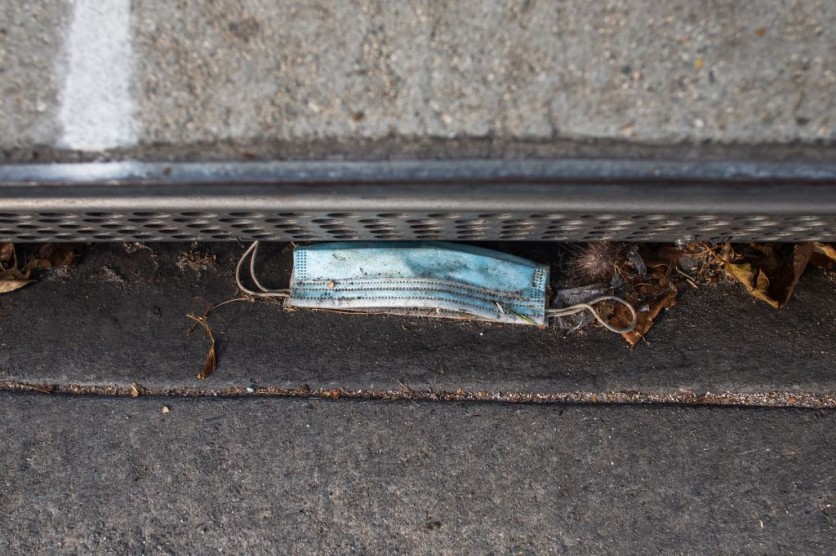Researchers from NYU Abu Dhabi have created a hydrothermal process that can convert polyethylene-based plastic bags and polypropylene-based surgical masks into carbon dots without the use of organic solvents.
The new method is a simple, cost-effective, and scalable approach to upcycling plastic waste, which is essential as an estimated 26,000 metric tons of pandemic-related plastic waste has been dumped into the oceans.

Carbon Dots
Carbon dots are carbon nanomaterials that have a range of applications, including biological imaging, chemical analysis, disease diagnosis, and targeted drug delivery. However, existing methods for upcycling plastic into carbon dots are time-consuming and require toxic chemicals.
The newly developed process overcomes these issues and can upcycle plastics contaminated with organic waste such as food scraps, which is a significant challenge to traditional recycling technologies.
The senior author of the study is Khalil Ramadi, Assistant Professor of Bioengineering at NYUAD, with Mohammed Abdelhameed, a scientist at NYUAD, and Mahmoud Elbeh, an NYUAD undergraduate student, as the first authors.
This innovative solution to plastic waste reduction can have far-reaching environmental and economic benefits. As a result of this technology, plastic waste can be effectively repurposed without the use of harmful chemicals, providing a cleaner and healthier environment for all.
The new method can also create a new market for carbon dots, providing economic opportunities for plastic waste upcycles.
The researchers also calculated the economic viability of the synthetic method by contrasting the variable costs of this process with current chemical recycling procedures and taking into account the economic worth of the produced carbon dots.
According to their research, the value of carbon dots on the global market is predicted to increase from USD 2.496 billion in 2019 to USD 6.412 billion by 2025. Its high commercial value more than compensates for the processing expenditures related to it.
About 14 percent of the recyclable plastic packaging, whose use has increased due to the rise in online shopping, is believed to be recycled; the remainder ends up in landfills and the ocean, where it causes significant harm.
These materials have the potential to harm terrestrial, marine, and freshwater ecosystems as well as human health if they are digested by creatures or broken down into micro- and nano-plastics.
Read Also : [WATCH] Ocean Cleanup Takes On the Great Pacific Garbage Patch Worth 100 Million kg of Plastic
Cost-effective, Safe Method
"The new method our team has developed is a cost-effective and safe method that can be easily implemented to significantly reduce the amount of harmful plastic that is released into our ecosystems," Ramadi said in a statement.
"In addition to providing a new tool to protect our ecosystems, this approach can efficiently and responsibly produce carbon dots, a versatile nanotechnology whose potential applications are nearly boundless."
The study was published in the journal Green Chemistry.
Related Article : Fabric Made from Plastic as a New Fashion Trend? MIT Researchers Recycle Wastes for Sustainability

ⓒ 2025 TECHTIMES.com All rights reserved. Do not reproduce without permission.




